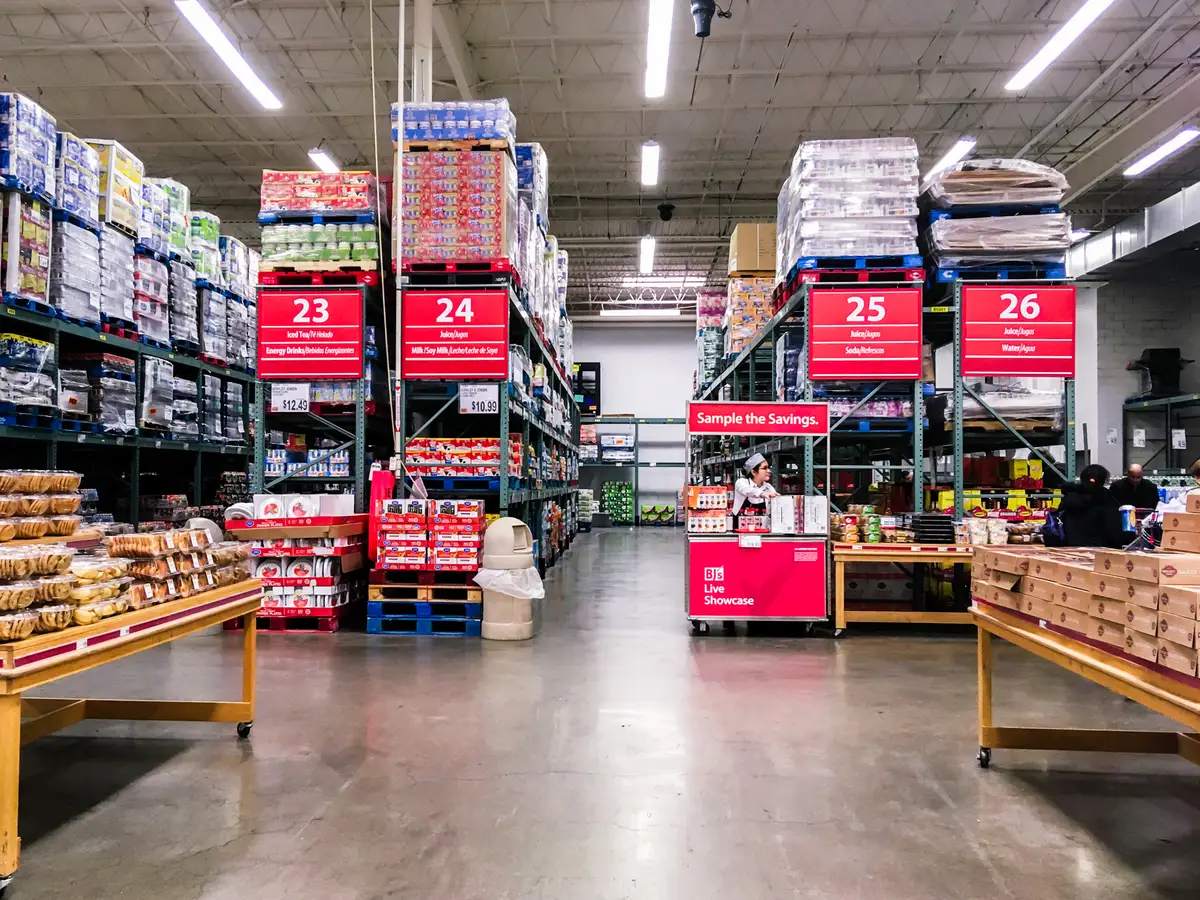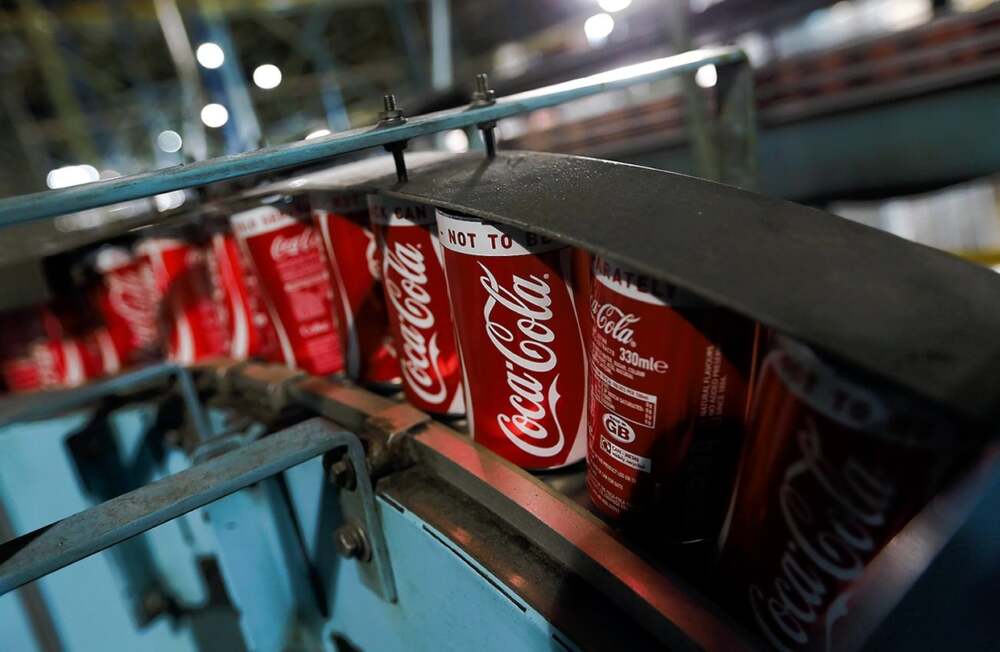The big players in U.S. wholesale-club retailing — Costco, Sam’s Club, and BJ’s — are stepping up expansion, remodeling efforts, and member growth. Their moves reflect both rising consumer demand for value and a battle for market dominance in times of economic uncertainty.
Key Expansion Moves
- Sam’s Club is aiming to open roughly 15 new locations per year and is planning renovations across all of its U.S. stores. Upgrades include more efficient layouts, digital shopping conveniences, and enhanced in-store fulfillment.
- BJ’s Wholesale Club is also pushing ahead — targeting 25 to 30 new stores over the next two years, while exploring relocating some existing locations to better serve member traffic and local markets.
- Costco continues to maintain a strong pace of growth, opening several dozen new warehouses in its current fiscal year while preserving its reputation for consistency and member loyalty.
What’s Fueling Growth
- Consumer Thirst for Value
With inflation and price pressures still top of mind for many households, consumers are increasingly turning to warehouse clubs for cost savings through bulk purchases, lower prices per item, and member discounts. - Membership Momentum
The model works when people renew. All three clubs are seeing high renewal rates, and are introducing membership perks—better digital tools, curbside pickup, home delivery, and premium membership tiers—to retain and attract customers. - Modernization & Digital Push
The upgrades aren’t just new stores. Sam’s Club is pushing toward more digital shopping integration and quicker fulfillment. BJ’s and Costco are also investing more in technology to streamline checkout, improve store experiences, and reduce friction for members. - Location Optimization
It’s not only about more stores; it’s about smarter stores. BJ’s in particular is looking at relocating or redesigning some existing clubs to improve access, traffic flow, and member convenience.
Challenges & Strategic Risks
- Operational Costs remain high. Labor, logistics, and supply chain disruptions continue to squeeze margins. Warehouse clubs have to balance growth with cost control.
- Competition is fierce. Costco’s brand strength and scale remain hard for rivals to match, but Sam’s and BJ’s are carving out differentiation through service, location strategy, and membership value.
- Member Expectations are rising. With greater competition, members expect more benefit for their dollars — whether via premium services, cleaner stores, faster checkout, or better online integration. Companies that lag risk losing loyalty.
- Real Estate & Supply Constraints can slow expansion. Finding optimal locations, securing construction permits, and managing supply chain issues remain big roadblocks in growth strategies.
Implications & Outlook
- For consumers, this means more choices, likely better pricing, and improving shopping experiences in wholesale clubs.
- For the retail industry, the warehouse club model is proving resilient. Traditional grocery and big-box retailers will face increasing pressure to match value, convenience, and membership perks.
- For the companies themselves, execution will matter: how quickly they build, renovate, digitize, and satisfy members will determine who gains market share long term.
















Leave a Reply